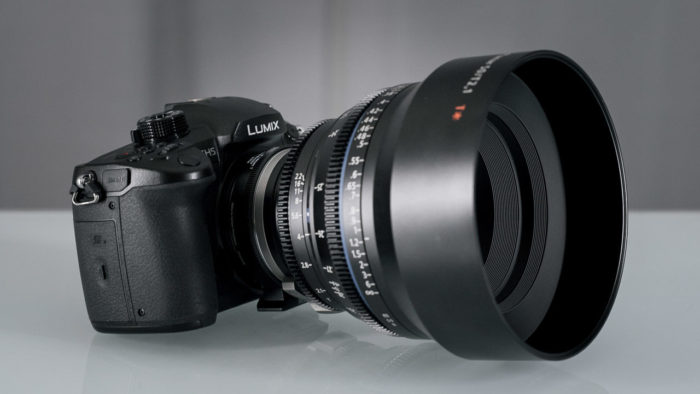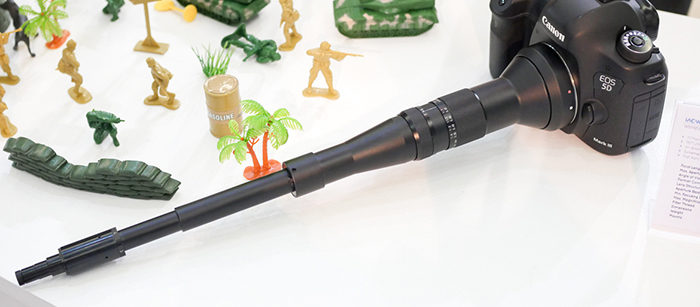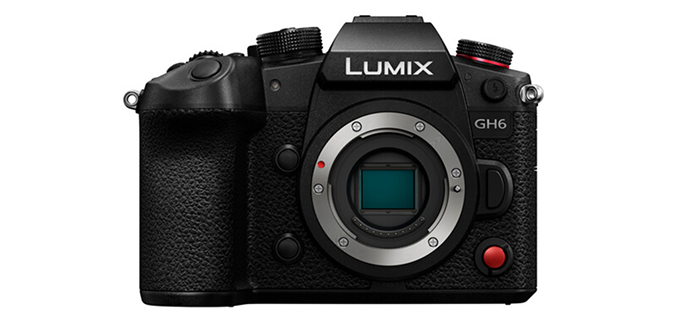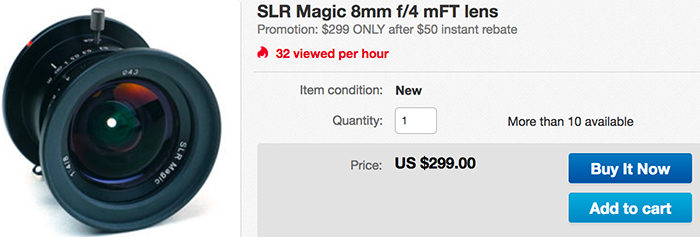
Cinema5D (Click here) posted the by far most detailed Panasonic GH5 review so far. It contains many different Lab test and interesting findings. Let’s start by mentioning the main disappointment. The 10-bit performance is disappointing. But probably this can be fixed via firmware update and therefore it shouldn’t be a major issue. For the rest the camera does it’s job very well:
If you can put the issues with Vlog aside and if you can settle with the other picture profiles, then the GH5 has some nice things in store for you. Even though most of its sensor performance (detail, dynamic range, lowlight, 180fps) is only average, the internal image stabilization was a pleasure to use for handheld applications, it gave me a very cinematic handheld look, the peaking is very useful and special features like the histogram and anamorphic recording options make this a more cinema capable camera than most other small handheld devices before.
UPDATE: There is a big discussion on the Cinema5D findings. Two well-known GH5 testers disagree with the C5D findings:
1) Giulio Sciorio told me that “The GH5 is not shipping yet so what’s available is unfinished hardware/firmware. Also, I believe V-LogL for the GH5 is not quite finished yet. Reviewing cameras properly takes a lot of time especially with a camera as sophisticated as the GH5 so I question the accuracy of their review.”
GH5 at Amazon, BHphoto, Adorama and Panasonic US. In EU at Amazon.de, Cyberport.de and ParkCamera.




 [/shoplink]
[/shoplink]